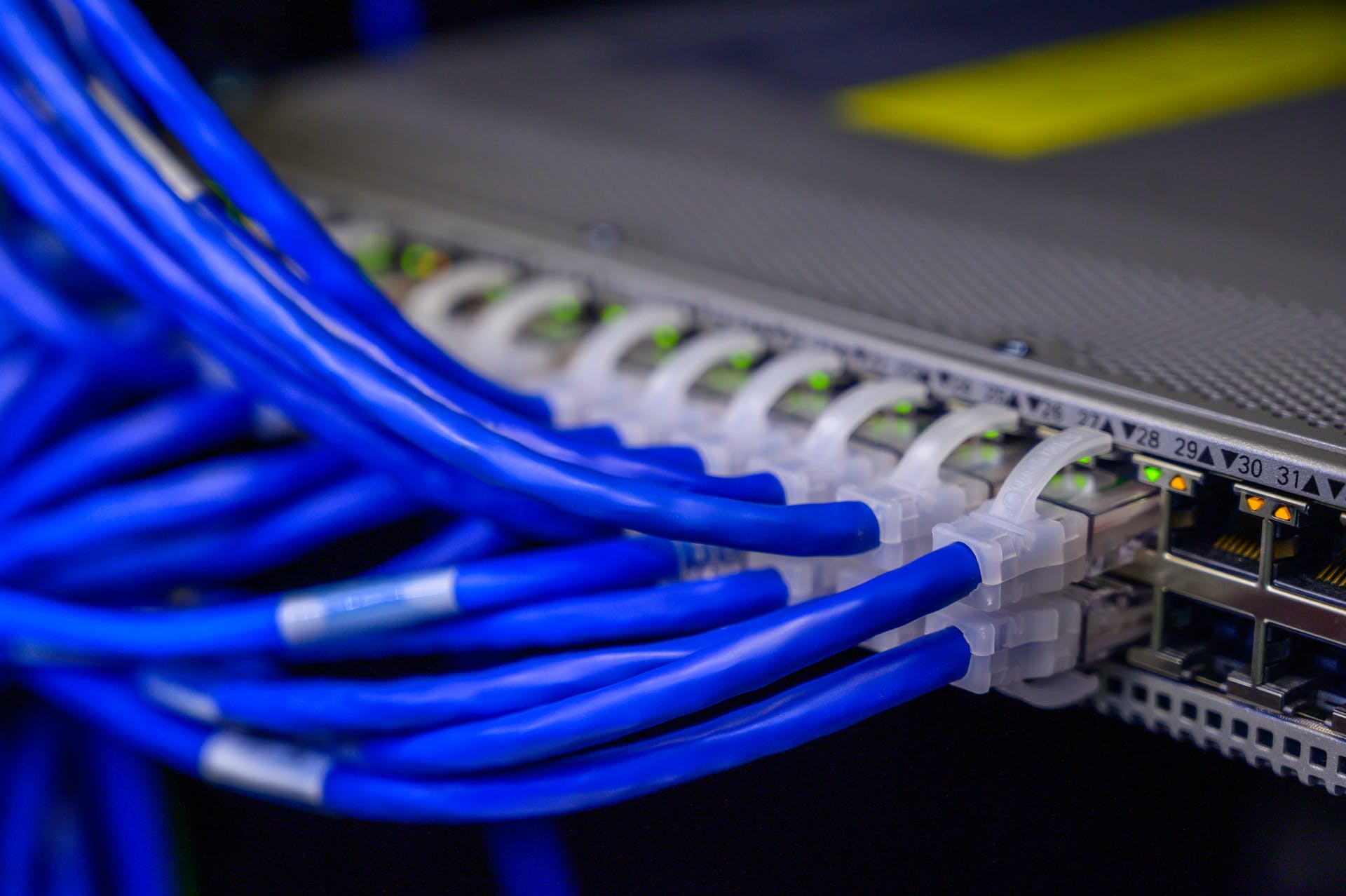Last update at :2024-05-08,Edit by888u
How about Obsidian? Is Obsidian good? Obsidian is a cross-platform knowledge management software that supports Windows, MacOS, and Linux systems. Recently, it has also added mobile terminal (Android, IOS) support. It is officially promised to be free for individual users. Obsidian uses the Markdown editor. If you have used Markdown, Obsidian should be more comfortable for you.
Download Obsidian
Go to the official website homepage: https://obsidian.md/Choose your own platform to download and install, or go to Github to download: obsidianmd/obsidian-releases/releases/
If IOS users directly search for "Obsidian" in the Apple Store to install it, similarly Android users search for it in the Google App Store.
Obsidian Data Storage
Obsidian data is saved locally as it is, that is, in the form of xxx.md. There is no need to worry about Obsidian bankruptcy or migration, and privacy is more secure. The first time you use it, you will be asked to select a directory or create a new directory to store Obsidian data.
Getting started with Obsidian
Set Chinese
Open Settings – About – Language – select “Simplified Chinese”, and then restart (Relaunch) once (the same is true for mobile terminals).
Install the theme
If you don’t like the Obsidian default theme, you can open Settings – Appearance Theme – View the community theme and make settings, as shown below.
Install plug-in
Obsidian supports a variety of third-party plug-ins that can expand Obsidian's functions, but you must first turn off the safe mode in Settings - Third-party plug-ins - and then browse the community plug-ins.
Here xiaoz recommends an "Obsidian tabs" plug-in, which allows Obsidian to support opening note windows with multiple tabs (not supported by default). You can choose other plug-ins according to your own preferences.
Data synchronization
There are two ways to synchronize data. One is to purchase the official synchronization service "Obsidian Sync". The price is 4$/month, but it is still a bit expensive for individual users, at least more expensive than Youdao. , because these note-taking software are more expensive.
We can also use a third-party network disk for synchronization. It is recommended to choose a network disk that supports WebDAV, such as self-built Seafile or Nut Cloud. The main reasons are as follows:
- Seafile or Nut Cloud supports
.mdfile rendering by default, so you can preview files directly on the network disk. - You can use
FolderSync+ network disk (Seafile) on your mobile phone to keep data synchronized - It is recommended to set one-way synchronization on the mobile phone, that is, synchronize the network to the mobile phone, and only preview on the mobile phone. Try not to use two-way synchronization and edit on the mobile phone, otherwise it will easily lead to file conflicts or data loss (chaos).
Publish to seafile database
One advantage of seafile is that it supports "database". If you choose to use seafile to back up or synchronize data, you can publish the documents of Obsidian to the seafile database, so that your documents will be completely Public and accessible via the WEB.
The specific method is to open the Seafile tool - Published database - Publish database, select the Obsidian main directory to publish.
The final effect you see is as follows:
Unfortunately, the Seafile database can only select the top-level parent directory for publishing. It does not support custom subdirectory publishing, and the access permissions for a directory cannot be processed individually. If you don't want the document to be publicly accessible, don't do this.
Obsidian's shortcomings
Judging from my current use of Obsidian, Obsidian has some shortcomings, which only represent my personal views. You are welcome to leave a message for discussion.
- Obsidian itself does not support third-party synchronization. You need to find a way to synchronize data yourself. We hope that it will officially support the built-in WebDAV synchronization function in the future.
- Documents do not support custom sorting (you can avoid this by naming the documents yourself, such as 1, 2, and 3 in this order)
Other self-built solutions
If you don’t like Obsidian, but want to build your own, you still have the following options to choose from:
- Joplin: Built-in multiple third-party synchronization, supports web page collection plug-ins, and active author updates
- Ant Notes: Similar to Wei Zhi and Youdao Notes, but the open source version has not been updated for a long time
- Private deployment of Weizhi Notes: Free for 5 private users. It should be enough for personal use, but the search function of Weizhi Notes is a bit slow
Last
Obsidian also supports two-way links. I am not familiar with this and am still researching it. Obsidian is more complicated than regular notes (such as Youdao and Weizhi Notes). If you don’t want to bother, Obsidian is not recommended. The advantage of Obsidian is that the source files are directly stored, and the data is completely in your own hands. You don’t have to worry about Obsidian going bankrupt and not being able to retrieve it. Data issues.
Attached is a personal Obsidian screenshot:
I will talk about how I migrated my notes to Obsidian next time, so stay tuned.
Obsidian official website: https://obsidian.md/
Recommended site searches: what is a server, 30-day virtual host trial, Tencent cloud server, website registration, free proxy IP, domain name query, Korean server recommendation, Hong Kong host high defense, mainland China free IP address, Ministry of Industry and Information Technology registration query,








发表评论